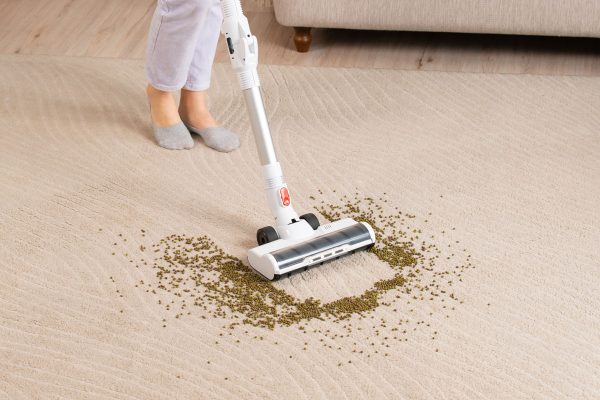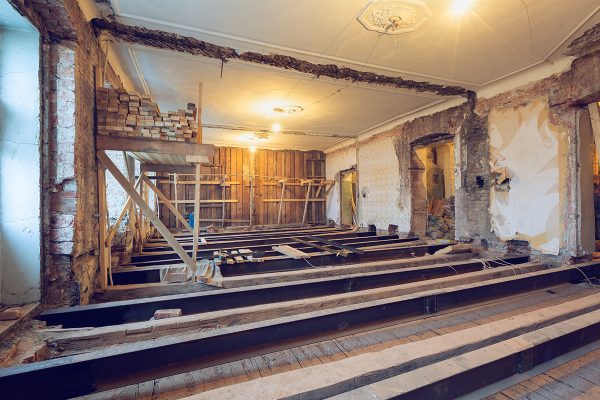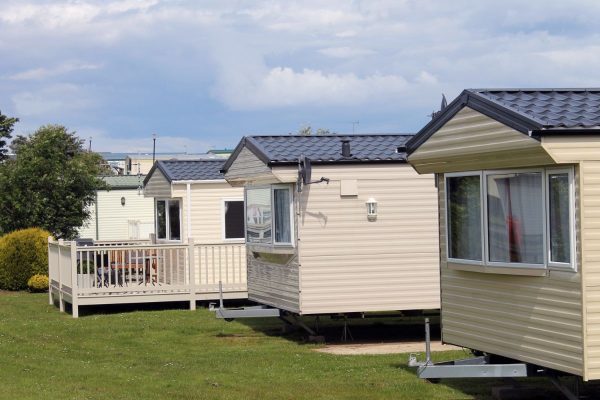Laminate flooring is a form of synthetic and composite flooring. As a homeowner, you may be wondering if all laminate flooring sounds hollow. Luckily, we have done some research for you, and here is what we found.
Not all laminate flooring sounds hollow. This depends on how the flooring is laid on the ground. If laminate flooring is properly fitted with the appropriate underlayment, the floor will not produce a hollow sound when stepped on.
In most cases, laminate flooring is simply floated over the subfloor, whereas wooden flooring typically requires adhesive. Keep reading to get detailed information about laminate flooring.
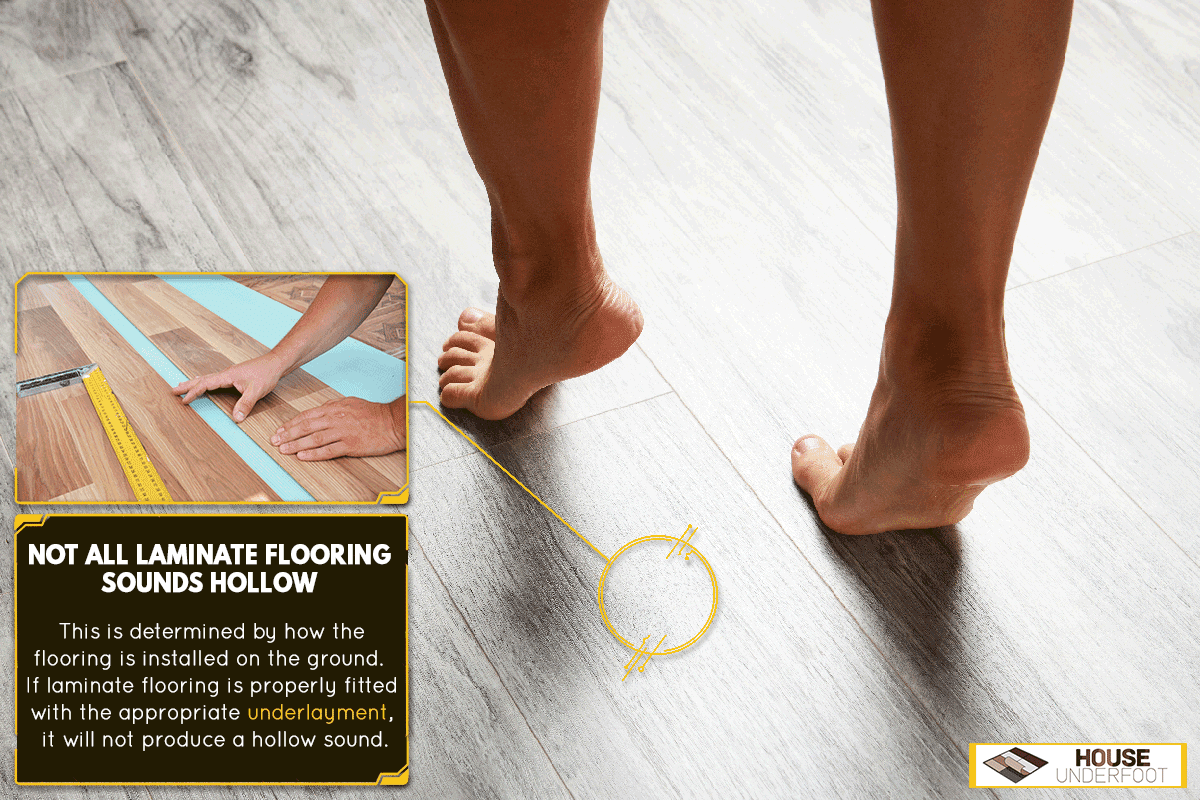
Does All Laminate Flooring Sound Hollow?
Since laminates are not directly connected to the subfloor, they can produce a sound that is often described as 'hollow.' Laminates are installed on top of the floor rather than being nailed down. However, you can lessen that risk by selecting an underlayment of high quality.
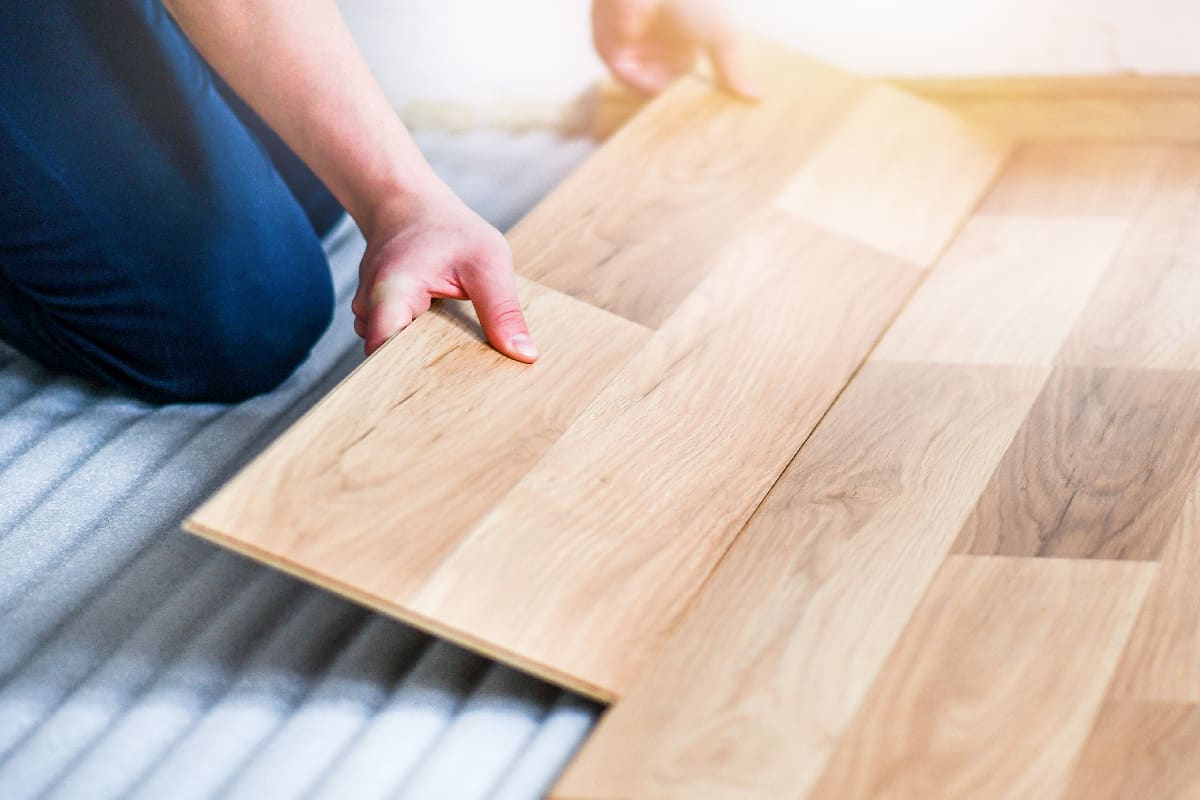
Focusing specifically on the sound that can be described as hollow. This is almost always the result of omitting an underlayment or using a type of flooring that comes with the underlayment already connected, neither of which works as well as an independent layer does.
Underlayment is required for all floating floors, whether they are "click-lock" or another type. There is no need for the underlayment to be used with flooring that is installed using glue or nails. This kind of flooring includes some forms of laminate and engineered hardwood.
When you walk on laminate flooring that is bridging across hollow spots under the flooring, the flooring will crackle and pop as you walk on it. Due to the weight, the tongues and grooves in the flooring are put under unnecessary tension, which results in noise.
After a laminate floor has been put in, it is pretty difficult to eliminate this noise. You may need to start afresh to fix this problem.
How Do You Silence Laminate Floors?
The use of laminate flooring helps to avoid unnecessary expenses, safeguards the floor's surface, and provides various other advantages.
The installation of flooring may be simple, and installing laminate flooring is straightforward if the correct procedures are followed.
However, every flooring has the potential to become a rickety and creaking disaster if it is constructed with creaky boards, unfilled gaps, and inconsistent lamination. Here are steps to follow during installation if you want to silence laminate floors:
Step 1: Leave Expansion Gaps

When installing laminate flooring, leave a good expansion room, which, when utilized near vertical surfaces and walls, will decrease creaking, groaning, and buckling.
The floor grows and contracts, and without expansion gaps, a laminate floating floor may buckle. Such expansion spaces should be left near "permanent" places and objects.
Measure your expansion space between one-eighth and one-fourth of an inch. You may require more room.
When expansion gaps are estimated accurately, the floor will be secured. Age, humidity, heat, and foot activity all affect the total size of a floor, and maintaining expansion spaces is essential for longevity and attractiveness.
Step 2: Use An Underlayment Pad
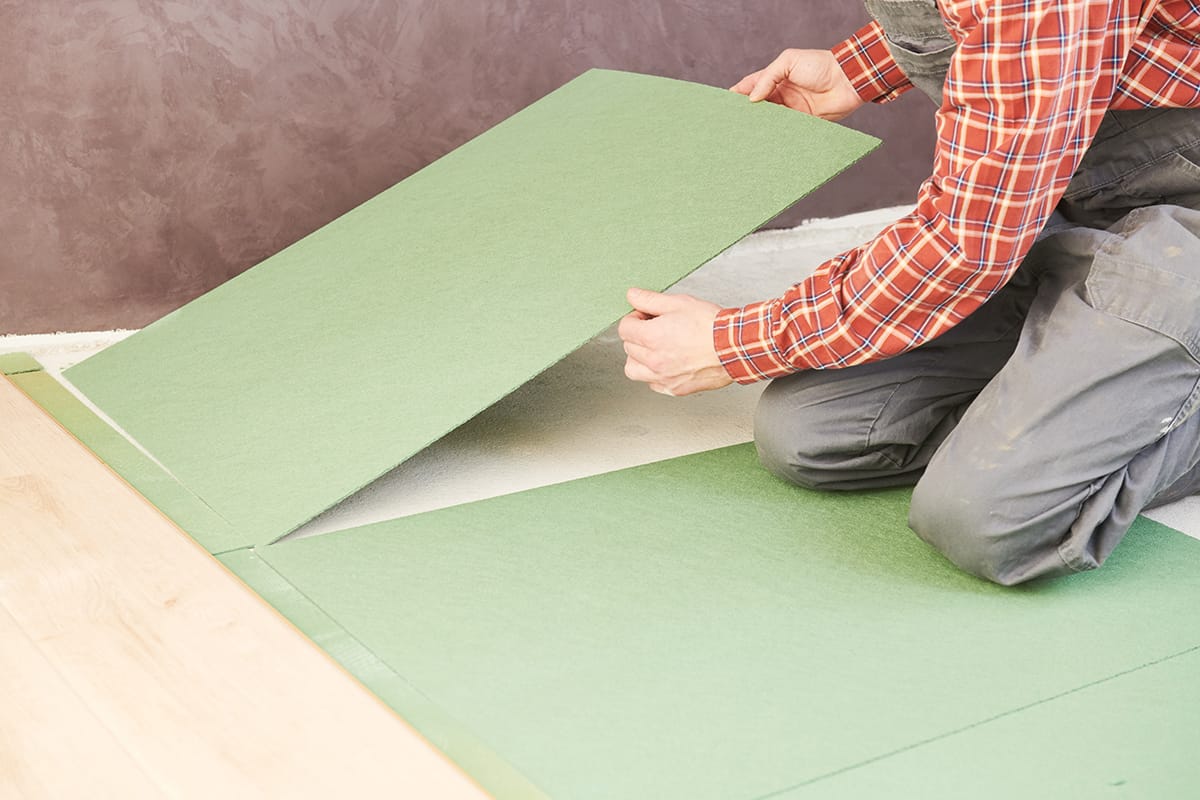
The thickness of laminate flooring might vary, and it may require extra materials to improve its underfoot sensation. When installing uniform flooring, it is advisable to use additional padding. Installing underlayment padding enhances sound absorption, making your home quieter.
Also, it increases the overall "softness" of your laminate floor. It conducts energy gently, so decreasing direct force and enhancing overall comfort. Additionally, laminate padding offers advantages like moisture blockage, thermal cladding, and deficit reduction.
Underlayment pads are employed in Nearly all laminate flooring installations which have grown in popularity due to their many advantages. Again, they offer a plethora of benefits in addition to sound absorption, and they are required for the uniformity and longevity of your floor.
Check out this Underlayment Pad on Amazon.
Step 3: Switch Your Flooring
Transitions between planks of laminate flooring guarantee smooth, thick surfaces while substantially lowering noise emissions. Depending on the type of laminate flooring you have, transitions will be required for doors, hallways, and other areas.
When installing laminate flooring through a threshold, you should initially treat such locations as obstacles and install the new flooring beneath the area's doorjambs.
This improves uniformity and flatness in relatively limited areas. In addition, putting a T-strip will further minimize noise by directing air pressure away from the center of the room. T-strips are widely accessible and provide good transitional material.
Having a similar thickness to carpeting, they are quite good for constant protection and noise reduction. Many consider T-strip a key laminate floor component.
Is Laminate Flooring Louder Than Hardwood?
To reduce the echo potential, laminate flooring should have an acoustic underlayment installed underneath it. The vast majority of hardwood floors have a natural tendency to absorb more sound, making them inherently more silent.
Of course, the space's acoustics, in addition to the textiles and the décor, significantly impact the overall noise level.
How Long Should Laminate Flooring Last?
The lifespan of laminate flooring can range anywhere between 10 to 30 years, with the average being somewhere between 15 and 25 years. However, the lifespan can be as short as 10 years.
The expected lifespan of flooring depends on its function, whether or not it was installed correctly, and the volume of foot traffic that it experiences.
The durability of the floor may be compromised if it is not properly maintained; for example, if aggressive cleaners are used or if spills are not cleaned up immediately.
Does All Laminate Flooring Look Like Wood?
Laminate flooring can be made to appear differently but wood is the most common appearance that they take on after being manufactured. Laminate flooring that has the appearance of ceramic tile or slate is increasingly becoming readily available.
As a result of laminate flooring's resistance to moisture, it's possible to install it in places where the material it imitates can't be installed, such as in a laundry room located in the basement.
What Is The Best Color For Laminate Flooring?
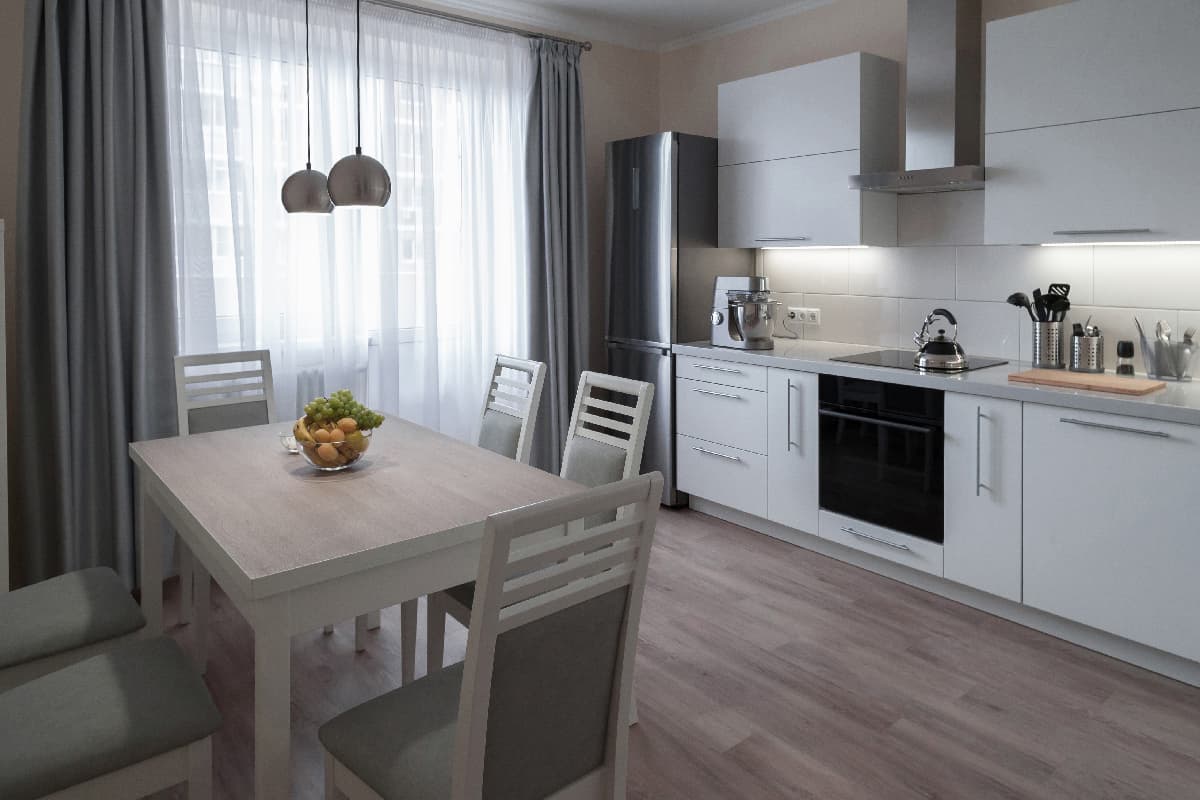
Light and dark grey, wood grain stains, white, and black are some laminate flooring hues. It depends on personal opinion which laminate color is better. You may choose a color to complement cabinets or furnishings or to disguise dirt, stains, and scratches.
You may pick laminate flooring hues that complement wall paint or door. White flooring tends to show dirt, dust, and footsteps. White floors illuminate a room like no other, and black floors highlight other items without being distracting.
Wood grain flooring hides dirt, debris, and scratches and creates a natural, peaceful atmosphere. The drawback of wood-looking laminate is that not all hues blend nicely with different woods. Stone-colored laminate hides dirt and scratches with a natural look.
How Do You Clean Laminated Floors?
Laminate floors are resilient, inexpensive, and popular, but they do require care so they can last longer. Dust the surface to eliminate scratches and premature wear, and be careful with spills to prevent water damage.
Dry mopping laminate flooring every day will prevent scratches and surface damage. Choose a wide microfiber broom head to gather tracked-in dirt. Microfiber heads can be rewashed. Dry mopping is also required before spot cleaning because dirt particles can behave like sandpaper between rags and laminate.
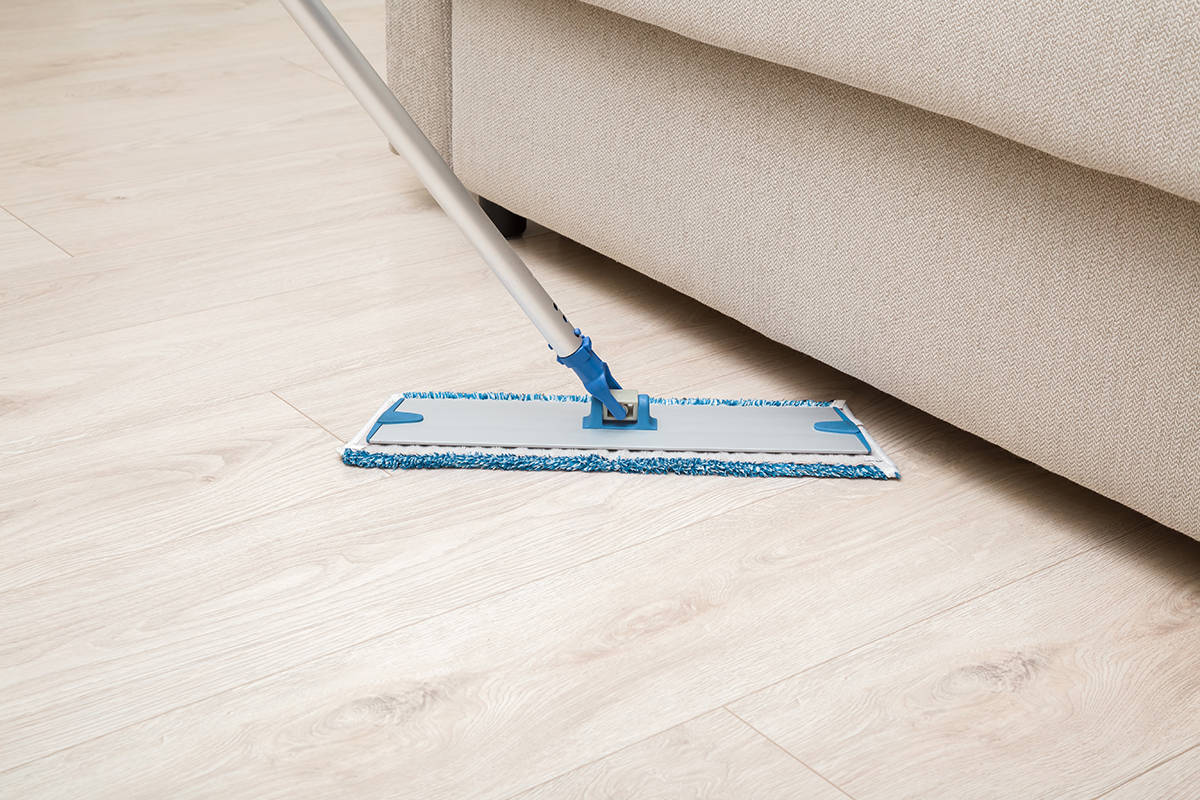
A vacuum can help remove dust from the floor. Most of these vacuum machines have attachments that can clean hard surfaces including laminate floors. Robotic vacuums work well on laminate and can make manual cleaning easier. You can spot-clean using a gentle cleanser and a dry, absorbent cloth.
To Wrap Up
How the flooring is positioned on the ground determines whether it makes a hollow sound or not. While wooden floors are frequently bonded, laminate flooring typically just lies on the ground. If you use a quality underlayment underneath, the flooring will not have a hollow sound.
If you enjoyed reading this post, here are similar articles you may like:


